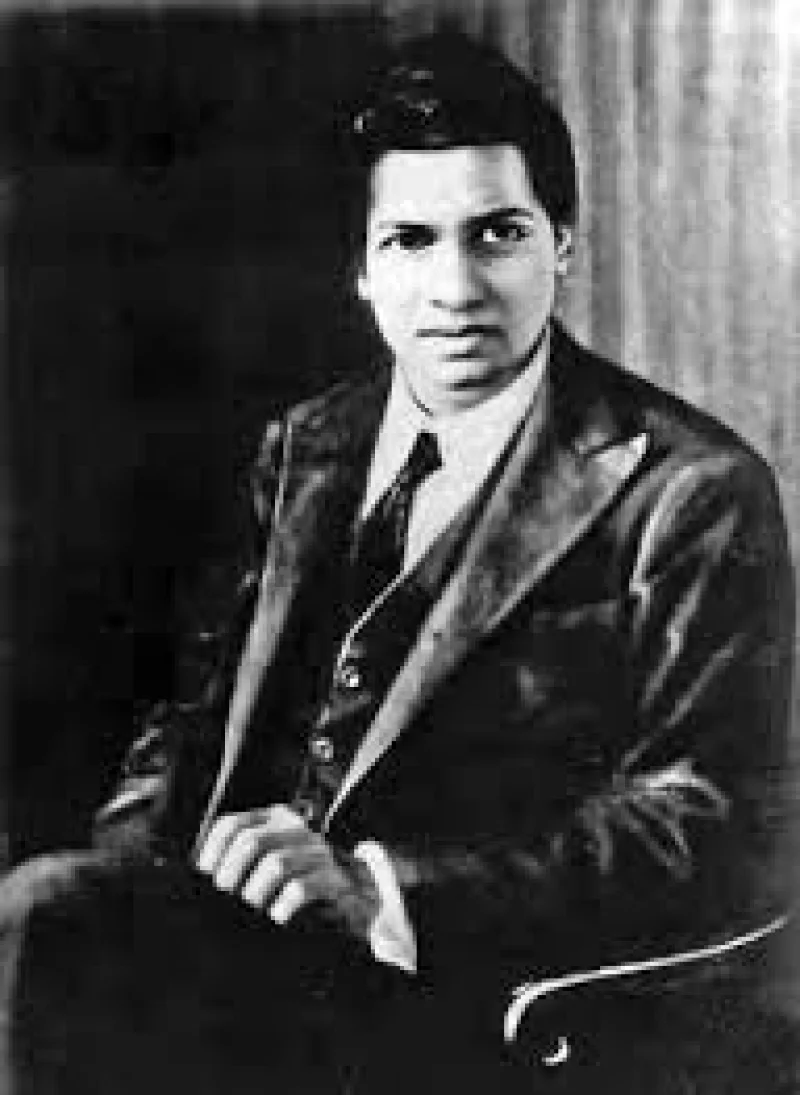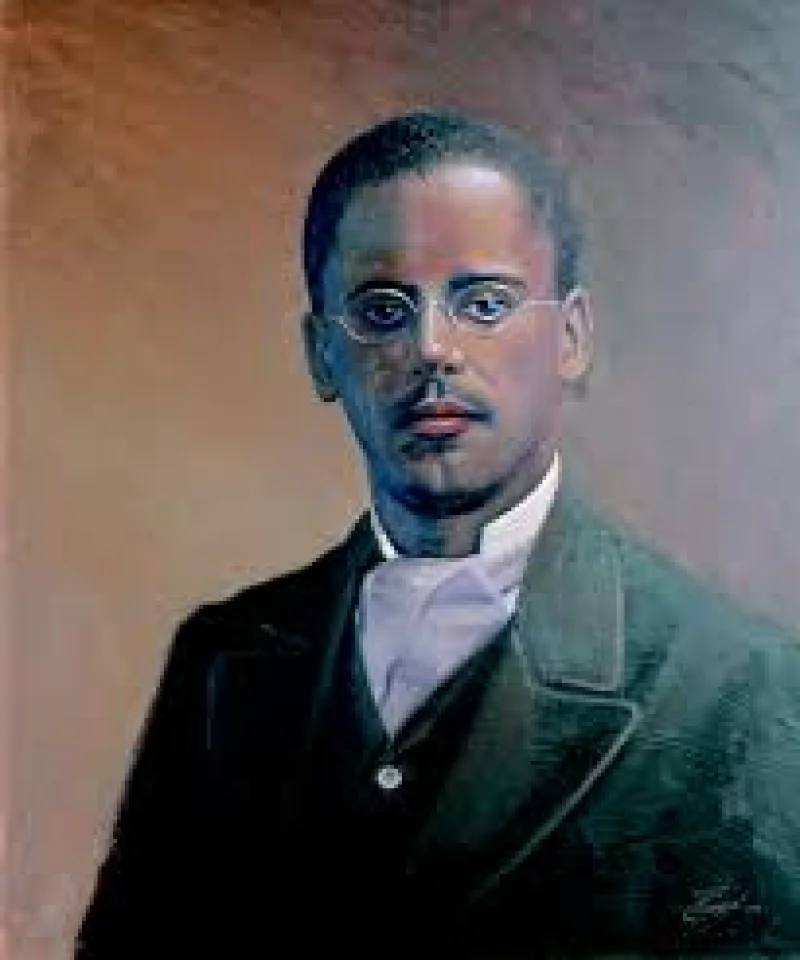Short Summary
Srinivasa Ramanujan was an Indian mathematician whose groundbreaking work in number theory and continued fractions has had a profound impact on the field. His intuitive grasp of complex mathematical concepts, despite limited formal training, has earned him a place among history's greatest mathematicians. He is celebrated for his contributions to mathematical analysis, particularly his work on partition functions and the Ramanujan prime. His collaboration with British mathematician G.H. Hardy brought him international recognition and cemented his legacy in mathematics.
Early Life & Education
Born on December 22, 1887, in Erode, India, Srinivasa Ramanujan grew up in a modest Brahmin family. His father worked as a clerk, while his mother was a homemaker and a singer at a local temple. Ramanujan exhibited a prodigious talent for mathematics at a young age, mastering advanced trigonometry by the age of 13. He attended the Government College in Kumbakonam but struggled with non-mathematical subjects, leading to his eventual departure without a degree. Despite these challenges, he continued studying mathematics independently, often borrowing books to further his knowledge.
Career Highlights
Ramanujan's career took a significant turn when he began sending his mathematical findings to established mathematicians. His letters to G.H. Hardy at the University of Cambridge caught Hardy's attention, leading to an invitation to England in 1914. During his time at Cambridge, Ramanujan worked on the partition function and developed the Ramanujan-Hardy number, 1729, known as the "taxicab number." Despite facing cultural and health challenges, he published numerous papers and was elected a Fellow of the Royal Society in 1918. His untimely death in 1920 cut short a promising career.
Major Achievements
- Developed the Ramanujan-Hardy number, 1729, illustrating his deep intuition in number theory.
- Made significant contributions to the partition function, advancing the understanding of integer partitions.
- Elected as a Fellow of the Royal Society in 1918, recognizing his mathematical prowess.
- Authored over 3,000 theorems, many of which have inspired further research and development.
Famous Quotes
- "An equation for me has no meaning unless it expresses a thought of God."
Interesting Facts
- Ramanujan independently compiled nearly 3,900 results, many of which were later proved correct.
- He had no formal training in pure mathematics, yet his work was highly original and innovative.
- During his stay in England, he became the first Indian to be elected a Fellow of Trinity College, Cambridge.
- His notebooks, filled with theorems, are still being studied and have inspired numerous mathematical discoveries.
Legacy / Influence
Ramanujan's legacy endures through his substantial contributions to mathematical theory, particularly in number theory and infinite series. His intuitive approach to mathematics continues to inspire researchers and mathematicians worldwide. The Ramanujan Journal, established in his honor, publishes work in areas that were of interest to him, perpetuating his influence on modern mathematics.
FAQ
Q: Why is Srinivasa Ramanujan famous?
A: He is famous for his profound contributions to mathematical theories, including number theory and infinite series, despite having limited formal education.
Q: What was the Ramanujan-Hardy number?
A: The Ramanujan-Hardy number is 1729, known for its unique properties as the smallest number expressible as the sum of two cubes in two different ways.
Q: How did Ramanujan's work influence modern mathematics?
A: His innovative theorems and concepts continue to inspire contemporary research and have led to further advancements in the field of mathematics.













